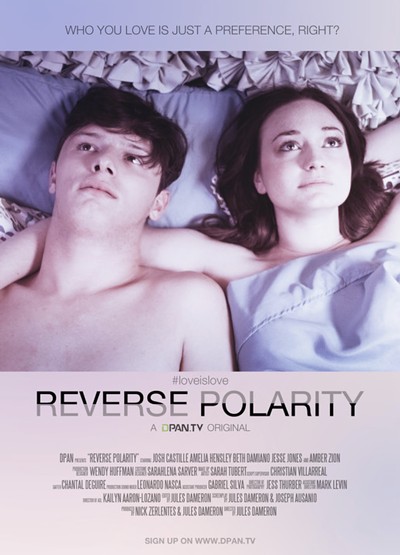

Of course, whatever the reason for it, the proof of it being a real improvement will be switching back to "proper" polarity after a few days and hearing a degradation in sound quality. More listening is needed to decide how consistent the benefit is.

I’m inclined to think it’s related to some kind of room interaction and distance to listening point. BUT the effect does seem to me to persist across multiple recordings (listening to various ripped CDs played off hard drive through Aries Mini>Gungnir DAC>Preamp>Amp). Another well-regarded explanation relates to countering the effects of "out of phase recordings" (See Clark Johnson’s, The Wood Effect discussed at length on the Steve Hoffman forum and elsewhere). I readily admit it could be placebo (i.e., my imagination). This topic has been discussed previously on A’gon and EXTENSIVELY in the 2010 thread below: I started the thread merely to suggest an "experiment" to those that might not have considered it before. I am NOT asking for explanations for the effect. The improvement was on the order of installing better cabling, I’d say. Having made the change, I did think stage depth immediately increased and imaging focus was improved. Both speakers are in phase with one another.

Am NOT talking one speaker out of phase w/respect to the other. Ĭame across some comments on the web about experimenting with reversing the polarity of speaker cables at BOTH speakers.i.e., connecting red to negative and black to positive.
Reverse polarity full#
"Using Full Range Cables On BiWire Capable Speakers"). Am using Audioquest’s diagonal connection recommendation for bi-wireable speakers (see page 4 at link below Using a single pair of Clear Day double shotguns terminated with bananas feeding Totem Forest speakers.


 0 kommentar(er)
0 kommentar(er)
